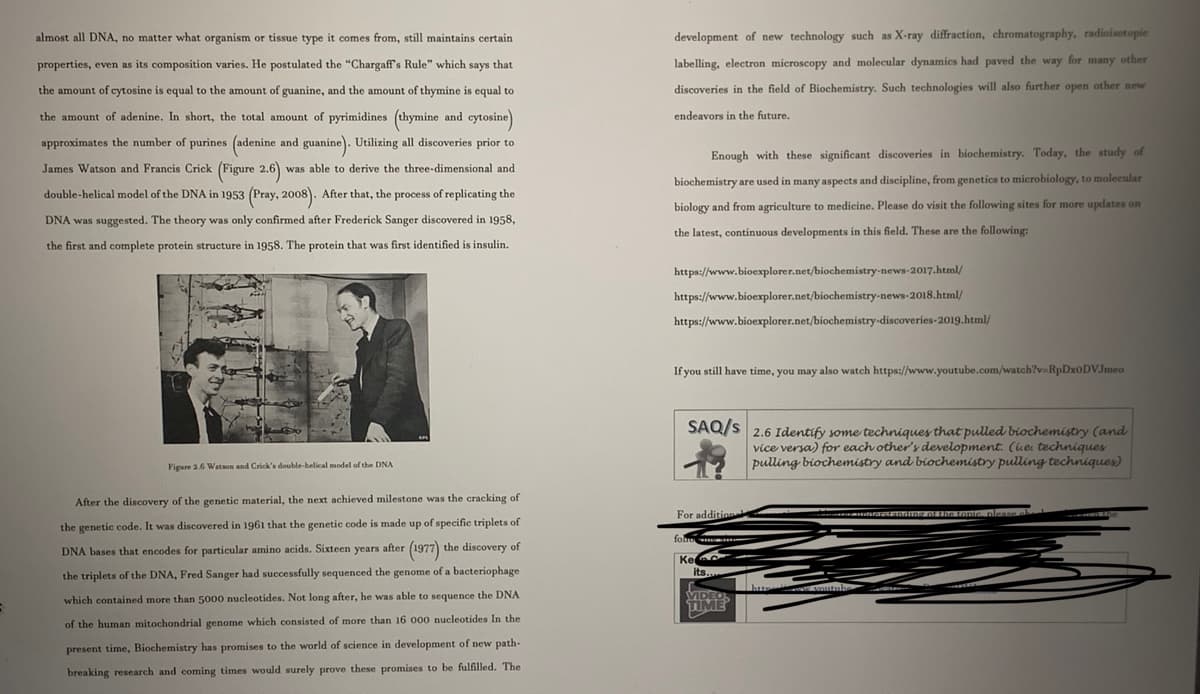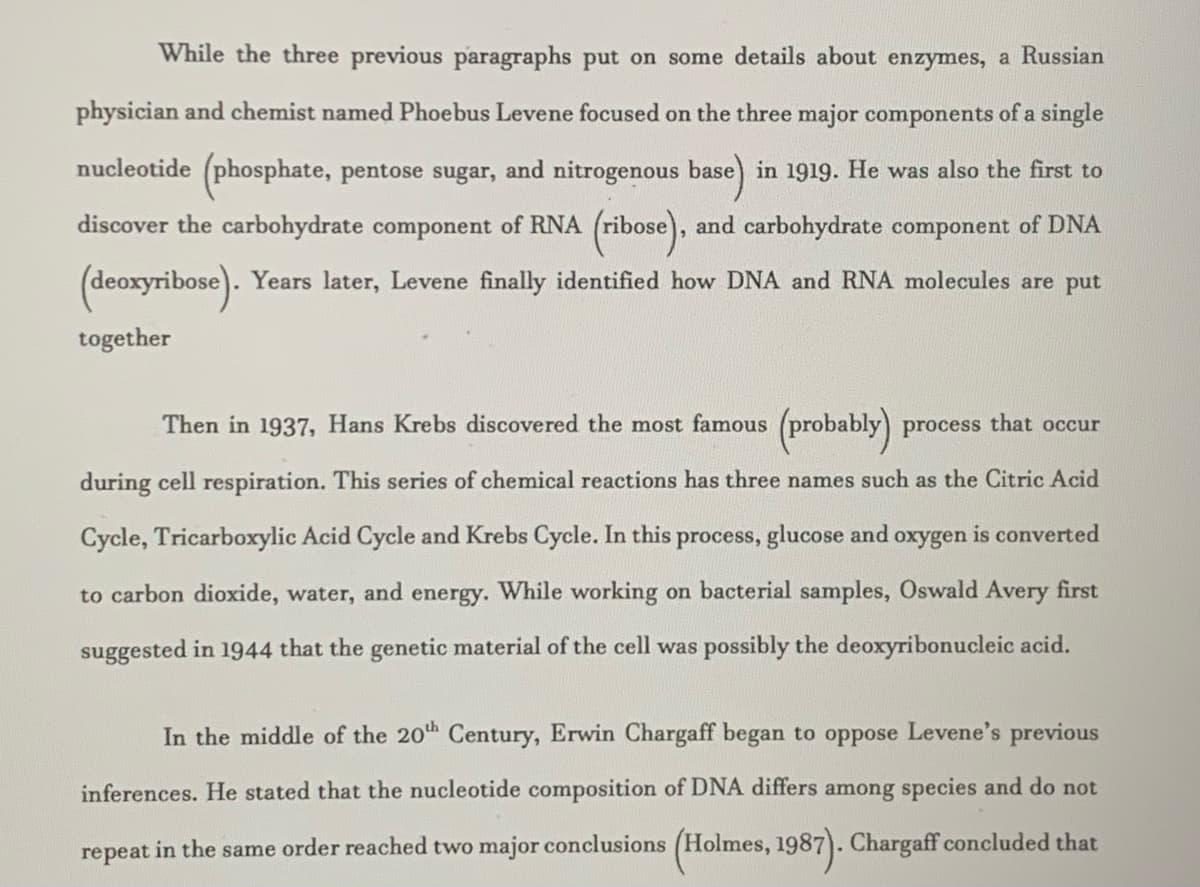osine rior to mal and ing the m 1958, sulin. cking of riplets of overy of -iophage the DNA s In the w path- led. The endeavors in the future. Enough with these significant discoveries in biochemistry. Today, the study of biochemistry are used in many aspects and discipline, from genetics to microbiology, to molecular biology and from agriculture to medicine. Please do visit the following sites for more updates on the latest, continuous developments in this field. These are the following: https://www.bioexplorer.net/biochemistry-news-2017.html/ https://www.bioexplorer.net/biochemistry-news-2018.html/ https://www.bioexplorer.net/biochemistry-discoveries-2019.html/ If you still have time, you may also watch https://www.youtube.com/watch?v=RpDxODVJmeo SAQ/S 2.6 Identify some techniques that pulled biochemistry (and vice versa) for each other's development. (ue techniques pulling biochemistry and biochemistry pulling techniques) For addition folo Ke its. VIDEO TIME Lonic
Genetic Recombination
Recombination is crucial to this process because it allows genes to be reassorted into diverse combinations. Genetic recombination is the process of combining genetic components from two different origins into a single unit. In prokaryotes, genetic recombination takes place by the unilateral transfer of deoxyribonucleic acid. It includes transduction, transformation, and conjugation. The genetic exchange occurring between homologous deoxyribonucleic acid sequences (DNA) from two different sources is termed general recombination. For this to happen, an identical sequence of the two recombining molecules is required. The process of genetic exchange which occurs in eukaryotes during sexual reproduction such as meiosis is an example of this type of genetic recombination.
Microbial Genetics
Genes are the functional units of heredity. They transfer characteristic information from parents to the offspring.


Step by step
Solved in 2 steps









